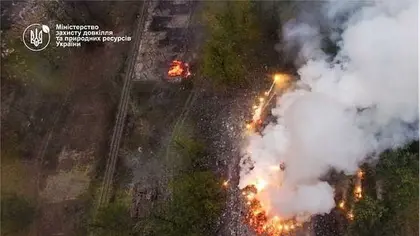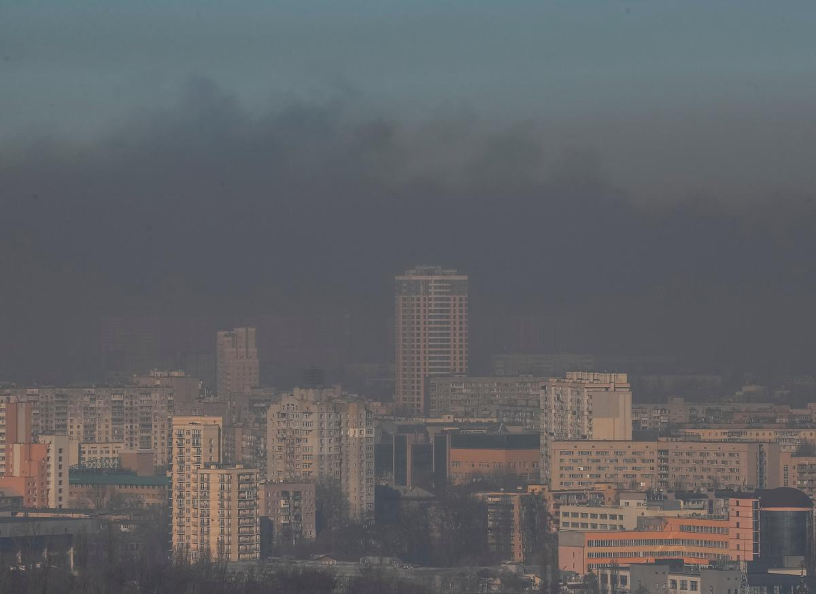On June 22, Ruslan Strilets, minister of ecology and natural resources of Ukraine, gave an interview to Ukrainska pravda about the environmental damage caused by Russia’s war in Ukraine.
The main takeaways are startling and potentially only scratch the surface of the ecological damage caused by Russia’s war in Ukraine.
JOIN US ON TELEGRAM
Follow our coverage of the war on the @Kyivpost_official.
Ecocide
- The detonation of fuel, lubricant and petroleum storage sites has led to 257 recorded cases of ecocide, with resulting long-lasting damage to soil, forests and nature reserves.
Damage to protected areas
- Today, 2.5 million hectares of Europe’s environmental network are under threat from Russia’s actions. This includes 160 objects of the Emerald Network – areas which are home to species and habitats protected at a European level;
- Russian troops are fighting in several protected areas of international and European importance, destroying rare and endemic species’ habitats that could change the behavior of birds, including their migration patterns;
- Almost three million hectares of forest in Ukraine have been engulfed in war since the start of the full-scale Russian invasion;
- Hostilities are currently taking place in the eastern and southern regions of Ukraine, where forests perform essential protective functions. Destruction and damage of these forests could affect the local climate and lead to significant erosion (especially wind and desertification) as well as affecting agriculture.
Air pollution without borders
- Russia has fired more than 2,500 missiles at Ukraine since Feb. 24. Enemy shells hitting critical infrastructure and civil areas have caused significant fires, including within forests, leading to hazardous substances poisoning the air;
- When detonated, missiles and shells unleash chemical compounds including carbon monoxide, nitrogen dioxide and formaldehyde. These substances undergo an oxidation process during an explosion, with the resulting chemical reaction being released into the atmosphere;
- The occupiers are shelling Ukrainian oil depots and industrial enterprises that contain a variety of chemicals. As a result, tens of thousands of harmful substances are thrown into the air;
- There is evidence that atmospheric emissions caused by Russian military aggression are being carried over a distance of thousands of kilometers, then deposited on the territory of other states.
Soil and river contamination
- Mine explosions can lead to lead, strontium, titanium, cadmium, and nickel poisoning the soil, often rendering it unsuitable for further agricultural use;
- There is also a risk of river contamination of the Danube, Dniester, Prut, Tisza, and Western Bug, affecting neighboring countries Poland, Hungary, Romania, and Moldova.
Record-keeping
The Ministry is recording all Russian militant crimes and calculating the scale of the damage to seek recompense in an international court.
It has already set out strategic plans for the post-war period, with recovery likely to take decades and requiring help from international partners.
You can also highlight the text and press Ctrl + Enter




